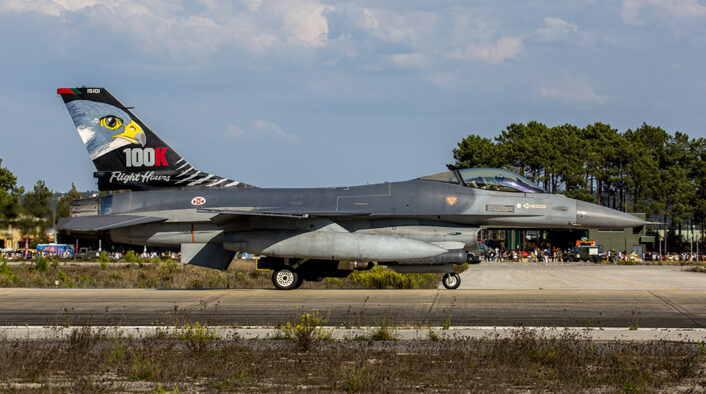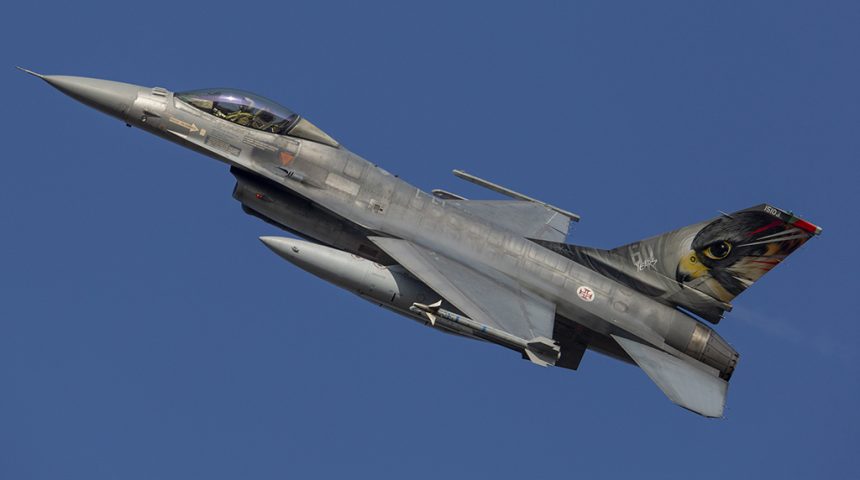Squadron 201 Falcões of the Portuguese Air Force, based at Monte Real Air Base nº5, celebrates 65 years of operational activity.
The Falcões Squadron began its operational activity as 50 Falcões Squadron at Ota Air Base nº 2 on Feb. 4, 1958. The unit adopted the “War or Peace it doesn’t matter to us” motto and “Peregrine Falcon” symbol, and was commanded by Pilot-Aviator Captain Gualdino Moura Pinto.
The new F-86F Sabre fighters began to arrive at the Ota Base at the end of August of the same year and remained in a provisional situation since their destination would be the Monte Real Air Base, which at that time was still being built and would be opened later, in 1959.
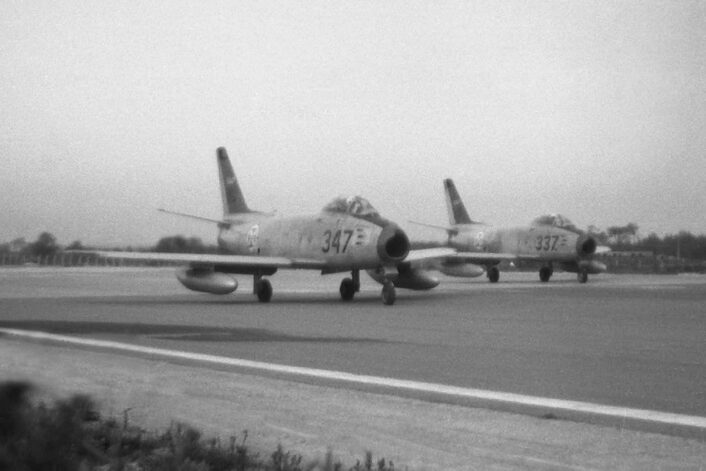
On Sept. 11, 1958, the squadron was renamed Squadron 51, due to the then revision of the Air Force Units numbering system and on Sept. 22, the first flight by a Portuguese pilot took place in F- 86F, the first aircraft that equipped the Falcões squadron. On Sept. 24, the same pilot passed the sound barrier for the first time in Portugal.
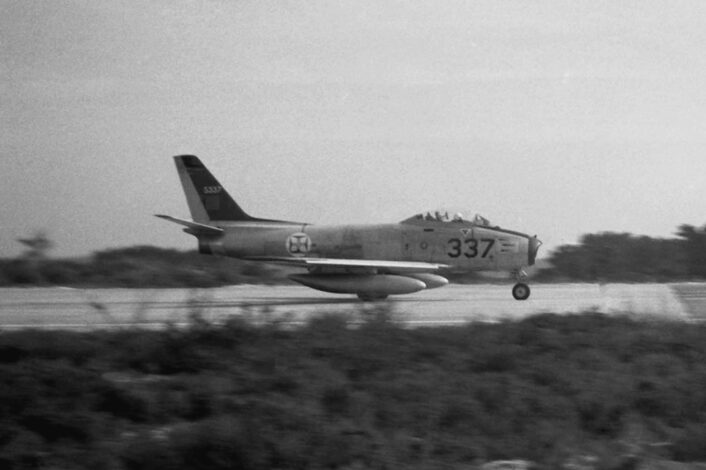
In 1961, the Air Force deployed eight F-86Fs from the Monte Real Base to Guinea-Bissau, as part of a mission dubbed “Operation Atlas”. Until 1964, operational missions followed one another, totalling 577, consolidating knowledge and mitigating the threat posed by the use of MiG-15s and MiG-17s by Guinea-Conakry against Portuguese Guinea.
In 1974, the restructuring that took place in the Air Force led to the creation of Operational Group 51 at Monte Real Air Base No. 5, giving rise, in 1978, to the renaming of the “Falcões” to “201 Squadron”.
The Falcons continued to operate the F-86F until 1980, with the last flight on June 30, totalling 60,000 flight hours, with this platform in peacetime and in the Overseas theater of operations, where five pilots perished.
On Dec. 24 of the same year, with the arrival of the first A-7P Corsair II, the “Falcões” became known as Esquadra 302 and, over the course of 15 years, carried out around 30,000 flight hours with this new aircraft.
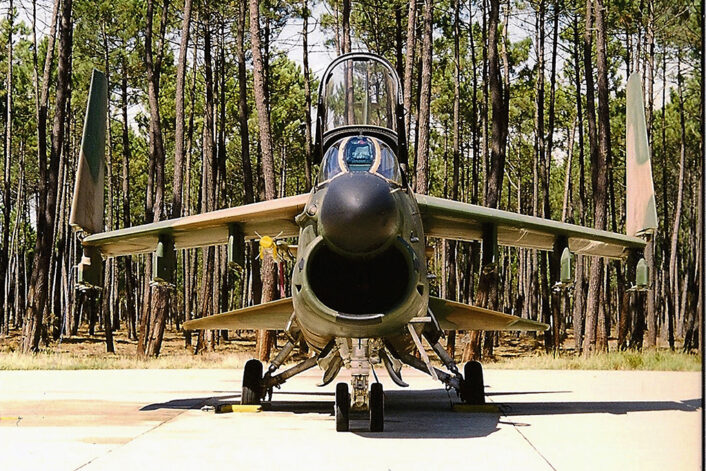
On Oct. 4, 1993, with the acquisition of the then modern F-16A/B, the Air Force decided to rename the Falcons as Squadron 201, returning to the original nomenclature related to the Air Defense mission.
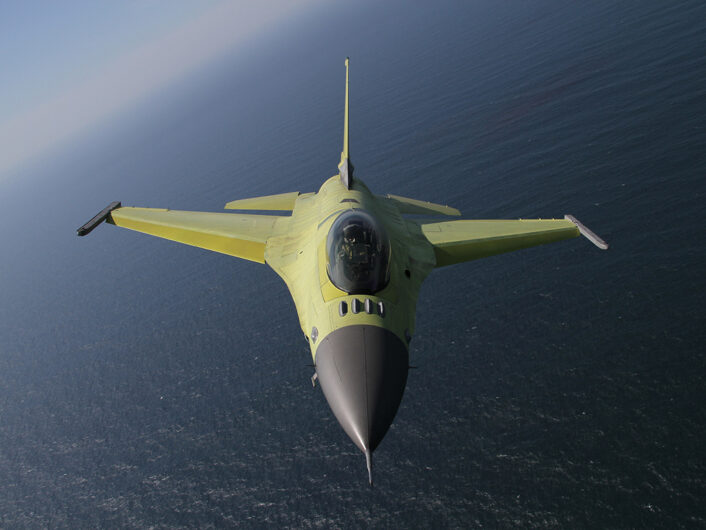
In 1998, and just four years after the beginning of the operation with the F-16s, the Portuguese Government decided to deploy three F-16As to the Aviano Air Base, in Italy, to be part of the “Allied Force” operation, within the scope of the armed conflict in Kosovo, with a total of 270 operational sorties for a total 1,130 flight hours.
In 2000, the 201 Squadron deployed six F-16A aircraft to Nellis Air Base, in the Nevada desert, US, to participate in the “Red Flag” exercise, considered the benchmark exercise for aviation.
In 2003, new capabilities were introduced into the F-16 fleet with the goal of organizing the implementation of the process of operational incorporation of the F-16 MLU fleet. However, it was only on May 26, 2011, that Squadron 201 began to officially operate the F-16 MLU platform, since the initial ones operated in Squadron 301 Jaguares, the other F-16 squadron stationed at Air Base 5 in Monte Real.
Since 2007, Squadron 201 has integrated several NATO Air Policing detachments in the Baltic States and Iceland, as well as detachments in Romania and Poland within the scope of NATO Assurance Measures.
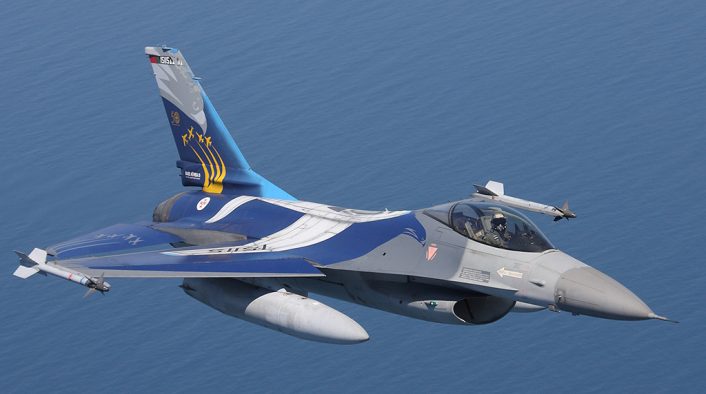
During the celebrations of the 50th anniversary of Air Base 5 in Monte Real, the F-16 OCU 15115, then in service with the 201 Falcões Squadron, was chosen to display the commemorative livery of that date. It was a painting in blue tones reminiscent of the F-86F Saber, the aircraft from which the F-16 inherited the Air Defense legacy.
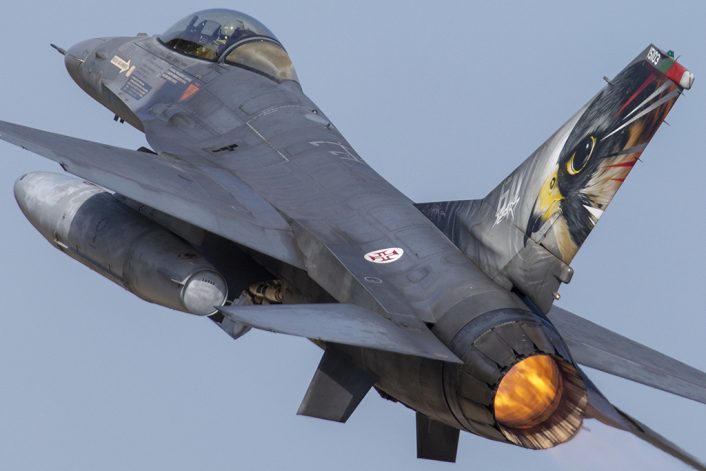
Throughout its existence, Esquadra dos Falcões has always known how to adapt to the multiple operational and technological challenges that have arisen, always ensuring the fulfillment of the missions entrusted to it with high professionalism.
Falcões – Serving Portugal for 65 years, fulfilling the motto: “War or Peace, it doesn’t matter to us”.
